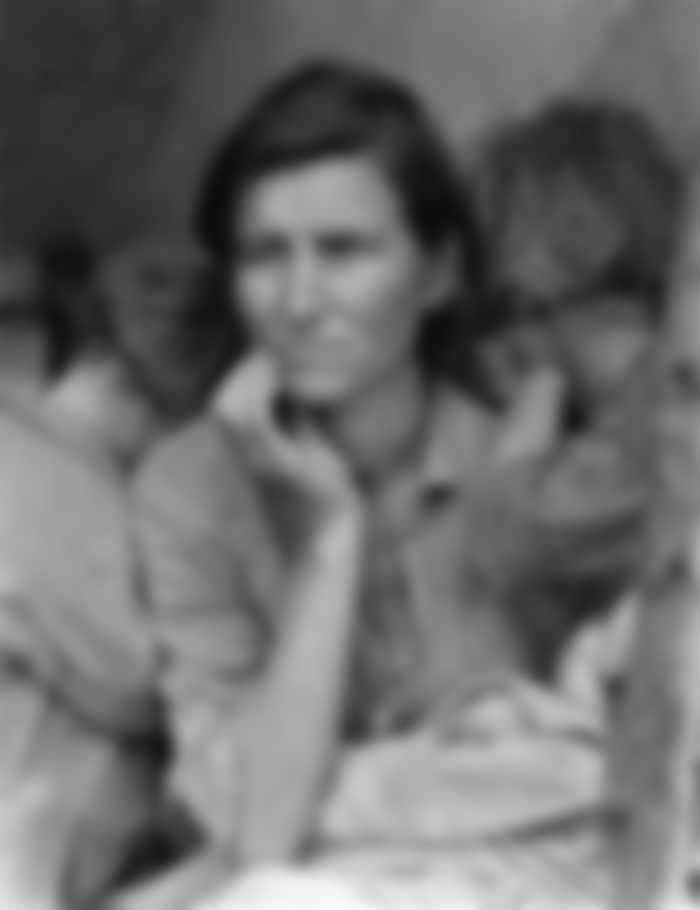The Wall Street apocalypse came on 24 October 1929 with the collapse of the New York Stock Exchange which caused the closure of very powerful banks. Suddenly "the roaring years" of cyclopean industrial development came to an end. He called it "Black Thursday" and made millions unemployed. Hundreds in the following days killed themselves in debt, thousands of families ended up living in shacks or under bridges. The ruin was so rapid, unexpected and total that even today economic specialists cannot give plausible explanations for what happened on Wall Street on 24 October 1929. The United States that day plunged from the intoxicating heights of dizzying wealth into the abyss of misery. Twenty-four hours were enough to destroy the world's most colossal economic empire and lead to begging those who had not dared to shoot themselves in the head. There were suicides, even sensational ones, but the burden of the Wall Street collapse was borne for many years by the blameless, those who did not even know that there was a fascinating but terrible game: speculation on the stock market. The first victims were the women who after years of battles for equal opportunities were immediately cut off from the world of work. For at least three years, Americans had sat at the inviting table of the stock exchange, gambling. For many years it was like this, the stock had been growing steadily since 1920 and the United States had never been so proudly rich. At the end of the war adventure in Europe, the Americans had returned home with the certainty that they were unbeatable. They began the years of crazy consumerism fuelled by cyclopean industrial development. Literature and cinema left us precise evidence of the Golden Twenties.

After the momentum of war production, the industries soon converted, threw cars, radios, telephones, civil planes, railways and roads onto the market at an increasing pace: the Americans created a new god, the wealth achieved no matter how to escape from the grey and dark mediocrity and free themselves from daily frustrations. The cinema and popular newspapers suggested visions of luminous existences, famous actresses made millions of women dream with the pomp of clothes and jewels, girls with skirts above the knee, “à la garsonne” hair and the unscrupulousness of attitudes dancing the charleston imitated them imposing a turning point in American costume. In the popular newspapers, rich in photographs and poor in text, the popular actors and fashionable writers were the idols of a disoriented society; in the daily vortex of dollars passing from hand to hand, many Americans lost their heads, really believed that the United States was the Lord's favourite and launched into the craziest speculation. Very rich and extravagant, however, the Americans kept a sense of inferiority before Europe, and if famous actresses and the daughters of billionaires married poor and decayed European princes, others followed the example of the most famous American writers, invaded Europe, bought castles in Scotland, rented entire floors of hotels in Paris, Rome, Venice. Excited by so many stimuli, the Americans of the middle class became small investors who had tried to attack the diligence of wealth. The way to make money was very simple: just buy shares on the stock exchange and sell them a few days later at higher prices. By 1922, the Wall Street Stock Exchange was on the rise and had taken a surge that seemed unstoppable. In 1927, when the demand for shares became almost frenetic, all Americans “played the stock market”, from market porters to cleaning ladies and kitchen maids, underground delivery men, department store orders, showgirls and waitresses, threw themselves into the exciting game.

Women have always played an important role in the United States, and women's magazines have had circulation comparable to the New York Times. It was these newspapers that gave women a new perspective on life; women had long since given up homework and moved into jobs, workplaces and factory jobs. The industry filled the kitchens with washing machines, refrigerators, cans, juices and freed women from the slavery of the cooker. Already emancipated, the American woman sought wealth and began to play the stock market. And as mentioned before, it was the women who paid for the crisis first; those who had committed their family's savings in shares, or had borrowed the money to play upwards, the first helpless victims of the terrible stock market crash. But still in the spring of 1929 everything seemed to be allowed, even hoping for impressive fortunes starting from little. In March 1929, on the eve of the catastrophe, President Hoover said: "I am not afraid for the future of our country, the future shines with hope". The apocalypse was behind the door. Threatening warnings had been heard in September when panic spread like an epidemic; the stock exchange had had some downturns, but then collapsed with a crash that hit the world on Tuesday, October 22, and crumbled like a house of cards on Thursday, October 24, "Black Thursday". In the space of a few hours colossal fortunes dissolved, solid banks closed their branches and went bankrupt. A black veil descended over the whole of America like a black veil on the roulette table when the bank jumped. Many Americans cruising with the money earned on the stock exchange killed themselves in Europe, or in Asia. Hundreds of Americans, faced with the difficulty of paying their debts, shot themselves at home. Millions and millions of other Americans lowered their heads and began another life. Terrible years followed those known as the "Great Depression".

In 1930 there were four million unemployed, in 1931 there were eight million; two years later there were already twelve million. Endless rows of men and women dressed in rags waited for a bowl of slop in front of the charities, looking for leftovers in the dustbins. Thousands and thousands of families slept in cardboard shacks and boxes, under bridges and everywhere they put up signs with "we don't hire; we don't need staff; there is no work". Unemployment had become a way of life, a plate of boiled beans was considered a lunch. These were difficult times.



Thousands and thousands of families slept in cardboard shacks and boxes, under bridges and everywhere they put up signs with "we don't hire; we don't need staff; there is no work". Unemployment had become a way of life, a plate of boiled beans was considered a lunch. These were difficult times.
the line above i can't believe it was happening on American people in the past... how did they face that problem and become one of the most wealthy country.. i